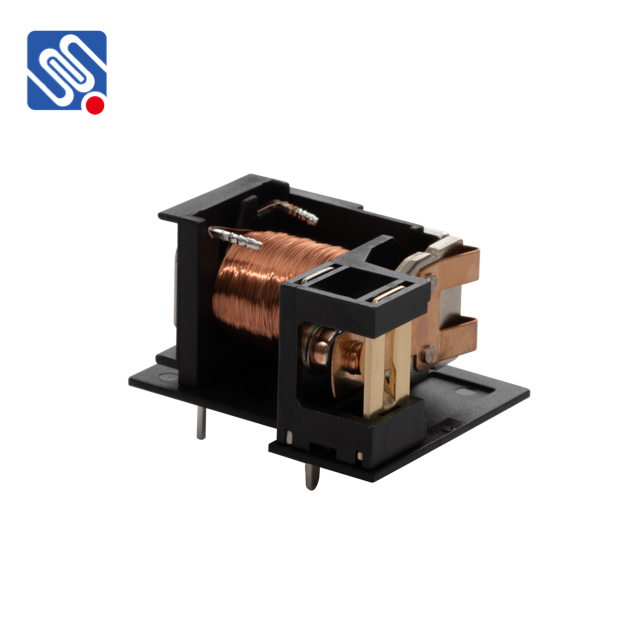In the world of modern web development, building efficient and scalable applications is a top priority. For React developers, managing data fetching and state management can be challenging, especially when working with complex data sources. Relay Components provide a powerful solution to this problem by enabling seamless integration between React and GraphQL, streamlining data fetching, caching, and updating. In this article, we’ll explore what Relay Components are, how they work, and why they are essential for building high-performance React applications.

What Are Relay Components? Relay is a JavaScript framework developed by Facebook that helps manage data-fetching in React applications, specifically when interacting with a GraphQL API. At its core, Relay uses components to handle the complexities of querying and managing data while maintaining a declarative approach to UI rendering. Relay Components are the building blocks of this architecture, allowing React applications to fetch, display, and update data efficiently. Relay Components typically consist of a few key elements: Containers: These components are used to embed GraphQL queries into React components. By wrapping a React component with a container, Relay can automatically fetch the necessary data and pass it down as props to the wrapped component. This enables components to focus on rendering the UI, while Relay handles the data fetching logic in the background.